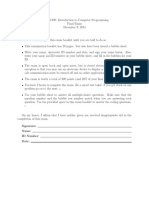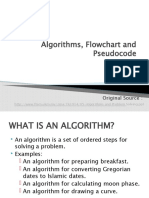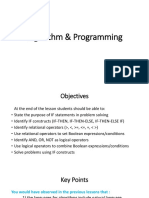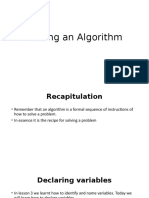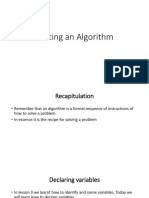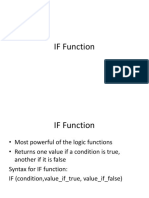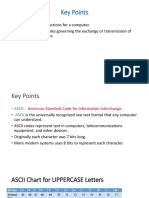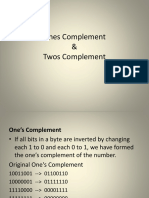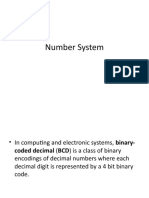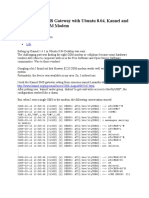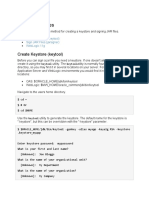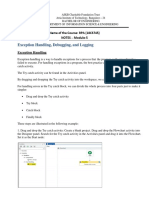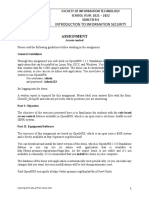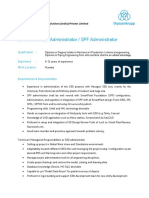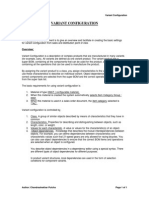0% found this document useful (0 votes)
3K views13 pagesSelection Construct
This document discusses selection and conditional branching in algorithms. It covers:
- There are three basic control structures: sequential, selection, and iteration. Selection means the program will do something based on a condition.
- Selection structures require relational operators like =, <, > to compare values.
- There are three levels of selection: IF-THEN for a single action, IF-THEN-ELSE for two possible actions, and IF-THEN-ELSE-IF for multiple possible actions.
- Examples are given of pseudocode and Pascal programs using IF-THEN and IF-THEN-ELSE to check conditions and perform different actions based on the results.
Uploaded by
api-297910907Copyright
© © All Rights Reserved
We take content rights seriously. If you suspect this is your content, claim it here.
Available Formats
Download as PPTX, PDF, TXT or read online on Scribd
0% found this document useful (0 votes)
3K views13 pagesSelection Construct
This document discusses selection and conditional branching in algorithms. It covers:
- There are three basic control structures: sequential, selection, and iteration. Selection means the program will do something based on a condition.
- Selection structures require relational operators like =, <, > to compare values.
- There are three levels of selection: IF-THEN for a single action, IF-THEN-ELSE for two possible actions, and IF-THEN-ELSE-IF for multiple possible actions.
- Examples are given of pseudocode and Pascal programs using IF-THEN and IF-THEN-ELSE to check conditions and perform different actions based on the results.
Uploaded by
api-297910907Copyright
© © All Rights Reserved
We take content rights seriously. If you suspect this is your content, claim it here.
Available Formats
Download as PPTX, PDF, TXT or read online on Scribd
/ 13


















